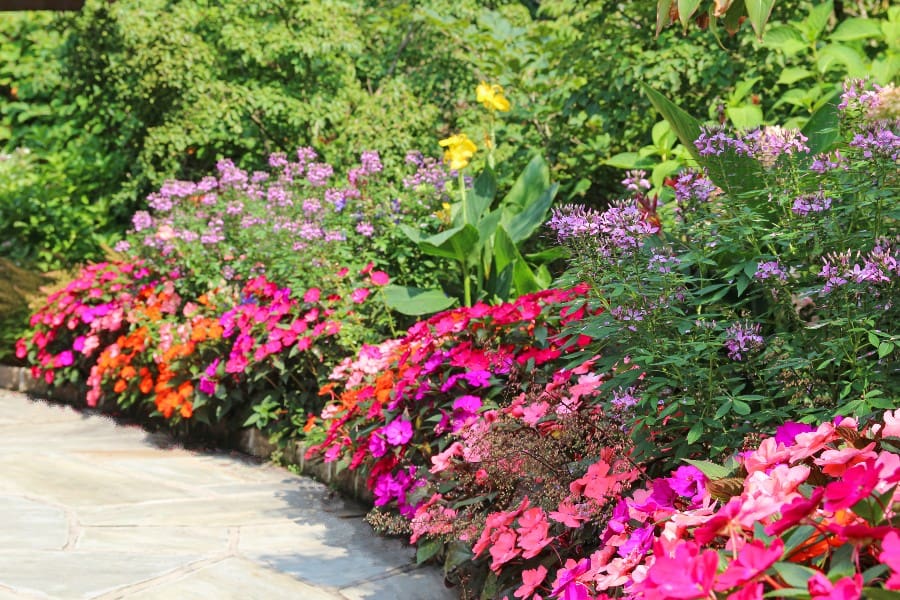 Are there any disadvantages to foliar application? Our team of landscaping experts weigh in.
Are there any disadvantages to foliar application? Our team of landscaping experts weigh in.
As the agricultural industry continues to explore innovative methods for optimizing crop growth and yield, the practice of foliar application has gained popularity. It acts as an effective means of delivering essential nutrients directly to a plant’s leaves. While this technique offers many benefits, ranging from rapid nutrient absorption to reduced soil contamination, an underlying question looms. Are there any disadvantages to foliar application?
At Borst Landscape & Design, we embrace a holistic approach, seamlessly blending proven techniques to create a tailored plan for your greenery. Our team of experts meticulously considers plant needs, weather patterns, and environmental factors to ensure the success of every project. Join us in creating a landscape that leaves a lasting impression.
For your free consultation, call us at (201) 581-8076 or fill out an online contact form today!
What is foliar application?
Foliar application has emerged as a game-changing technique in modern landscaping. By directly administering nutrients and treatments to a plant’s leaves, foliar application ensures rapid absorption and targeted delivery. By targeting the plant’s leaves directly, plant growth accelerates.
What are the benefits of foliar application?
It offers a range of distinct advantages that contribute to the overall vitality of your plants. This technique promotes robust growth, vibrant foliage, and efficient response to stressors such as pests and diseases.
It also minimizes soil contamination, fosters a more environmentally friendly approach, and provides a precise means of addressing specific plant needs. Foliar application empowers us to create lush, thriving landscapes. While foliar application undeniably offers a range of benefits, it is essential to ask, are there any disadvantages to foliar application?
Are there any disadvantages to foliar application?
While foliar application is a great way to speed up plant growth, it’s important to know the downsides. While it sounds like a miracle worker for plant growth, you may still have questions about its efficacy. Are there any disadvantages to foliar application?
Limited nutrient absorption
One notable drawback is the limited nutrient capacity of leaves. While this method facilitates rapid nutrient absorption, it may not entirely replace traditional soil-based fertilization, especially for plants with substantial nutritional needs.
Weather-dependent
Additionally, foliar application’s effectiveness can be weather-dependent. Rain immediately after application or excessive sunlight can hinder absorption and potentially reduce its impact. Timely and precise scheduling becomes imperative to mitigate weather-related challenges.
Risk of over-application
Another consideration is the risk of accidental over-application. While foliar application provides targeted treatment, there is potential for inadvertently applying too much. Nutrients are great, but too many can lead to plant damage or contribute to environmental issues. The need for skilled application practices is evermore important to reduce the negative impacts of over-application.
Borst has the answers you need
So, are there any disadvantages to foliar application? The short answer is maybe. However, applications done by a professional team will ensure your plants remain healthy. Foliar application warrants a cautious approach and diligent management to ensure its successful integration into holistic landscaping practices.
Borst offers a unique opportunity to experience the art and science of landscaping like never before. With our unwavering commitment to innovative practices, we can answer any questions about your garden. With us, your outdoor oasis awaits! Reach out today for your free consultation.
Call us at (201) 581-8076 or complete a contact form on our website today.
